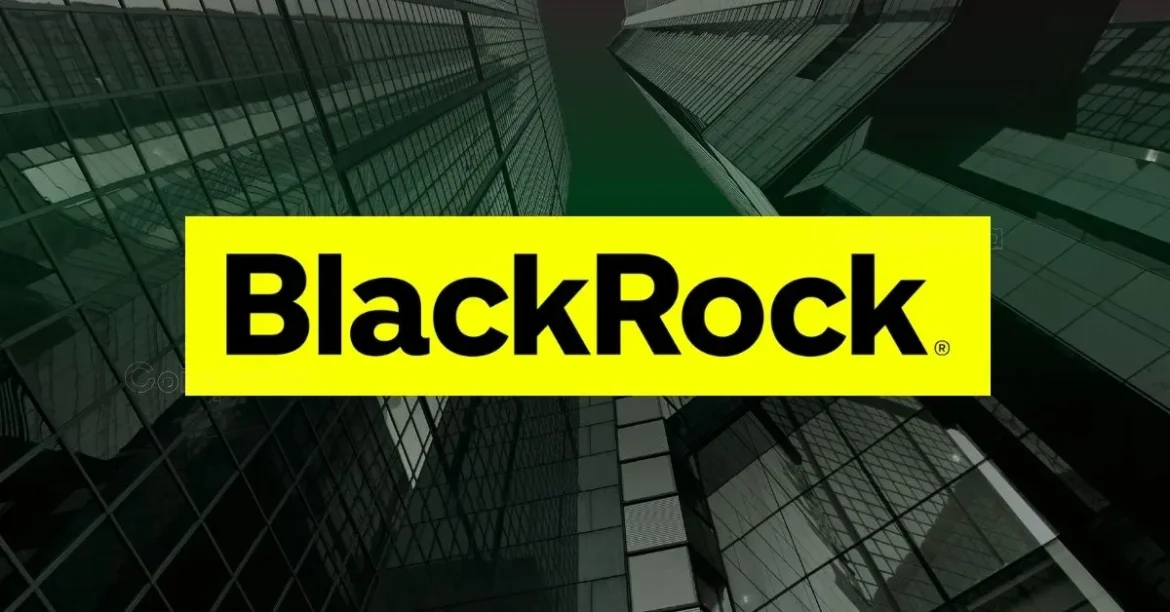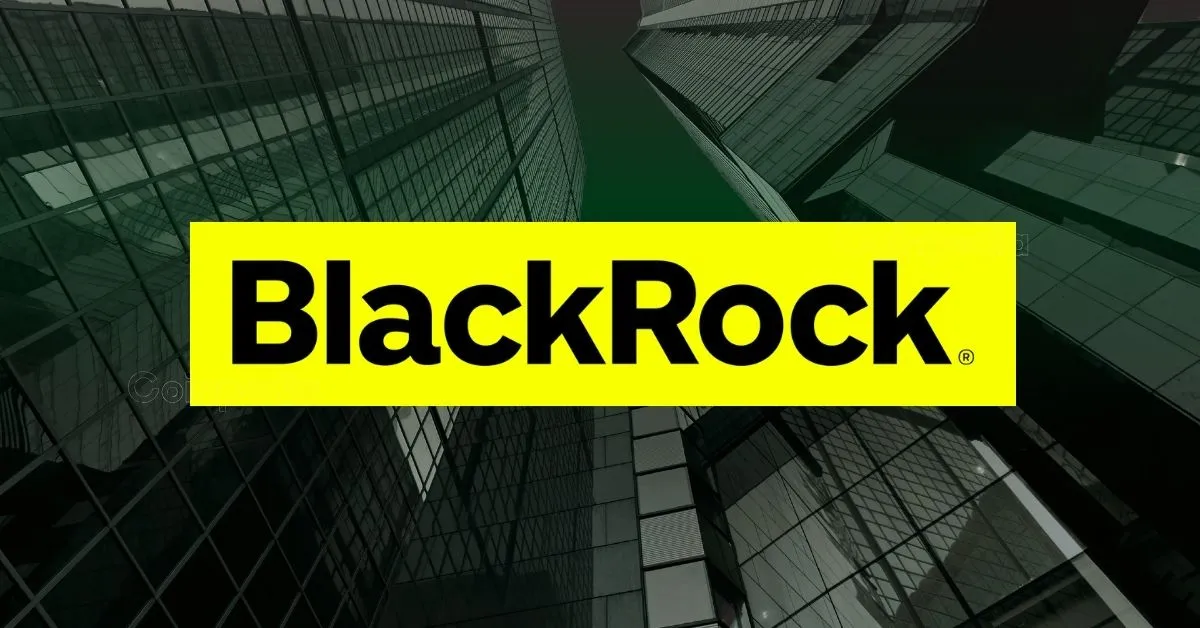The $100 Trillion Question: Ripple, BlackRock, and the Tokenization Revolution
Introduction: A Sleeping Giant Awakens
The financial world is on the cusp of a transformation, and the epicenter of this change is the concept of tokenization. Tokenization refers to the process of converting rights to an asset into a digital token that can be traded on a blockchain. This innovation promises to revolutionize the way assets are managed, traded, and valued. At the forefront of this movement are two key players: Ripple, with its native cryptocurrency XRP, and BlackRock, the world’s largest asset manager. The potential collaboration between these two entities could reshape the financial landscape, unlocking trillions of dollars in value and setting the stage for a blockchain-based future.
Tokenization: Unlocking the $100 Trillion Potential
Tokenization is not just a buzzword; it is a transformative technology with the potential to revolutionize the financial industry. By converting real-world assets (RWAs) such as real estate, commodities, and securities into digital tokens, tokenization offers several advantages. These include increased liquidity, faster settlement times, lower transaction costs, and greater accessibility for investors. BlackRock CEO Larry Fink has publicly stated that “the next generation for markets will be tokenisation,” aiming to bring over $100 trillion worth of assets onto the blockchain. This ambitious goal underscores the transformative potential of tokenization across various sectors.
Ripple and Boston Consulting Group (BCG) estimate that the tokenized asset market could reach $18.9 trillion by 2033. This staggering figure highlights the industry-wide disruption that this technology could bring. For instance, real estate is predicted to be worth $1.5 trillion on-chain by that time, showcasing the immense opportunities that tokenization presents. The appeal of tokenization lies in its ability to streamline processes, reduce costs, and enhance transparency, making it an attractive proposition for both institutional and retail investors.
Ripple’s Role: Building the Infrastructure
Ripple has been actively developing technologies around digital identity, cross-border payments, and, crucially, tokenized real-world assets. Ripple’s vision, formed over 14 years ago, centers on addressing liquidity challenges in global finance. XRP is not just solving a payments problem but providing the infrastructure for a more liquid and efficient financial system. Ripple’s XRP Ledger (XRPL) is designed to facilitate the tokenization of assets, offering features like built-in decentralized exchange (DEX) functionality and token issuance capabilities. This positions XRPL as a potential platform for institutions looking to tokenize RWAs.
Ripple is already making strides in this area, including bringing Ondo Finance’s tokenized US Treasuries to XRPL. This move demonstrates Ripple’s commitment to integrating tokenization into its ecosystem. By providing a robust and efficient platform for tokenizing assets, Ripple is positioning itself as a key player in the tokenization revolution. The company’s long-standing mission to address liquidity challenges in global finance aligns perfectly with the goals of tokenization, making it a natural fit for institutional clients looking to leverage this technology.
BlackRock’s Blockchain Blueprint: A $10 Trillion Endgame?
BlackRock has made significant moves into the blockchain space, signaling a shift in perspective towards viewing crypto as an essential part of the financial future. The company launched a Bitcoin trust and has been exploring other crypto-related investment products. This increasing focus on blockchain underscores BlackRock’s commitment to integrating this technology into traditional finance. Recent reports suggest that BlackRock is exploring the creation of a digital share class for a $150 billion fund using blockchain technology. This move further solidifies their commitment to tokenization and highlights the potential for blockchain to revolutionize the financial industry.
While BlackRock has primarily focused on Bitcoin and Ethereum ETFs, some experts believe they could change their position and explore other cryptocurrencies like XRP, especially if the SEC case against Ripple is resolved favorably. The potential for BlackRock to embrace XRP could open up new opportunities for Ripple and the broader tokenization ecosystem. As the world’s largest asset manager, BlackRock’s entry into the tokenization space could be a catalyst for mainstream adoption, paving the way for a blockchain-based future.
The XRP Community’s Speculation: Institutional Support and Price Predictions
The XRP community has been actively discussing the potential for BlackRock and other institutional giants like Vanguard and Fidelity to embrace XRP. Vincent Van Code, a software engineer and blockchain analyst, argues that XRP’s true role lies in addressing the deeper challenge of liquidity within global finance. Some projections suggest that XRP could reach double-digit prices if the global economy gets tokenized and XRP captures even a small percentage (e.g., 1%) of the value. The reasoning is that if a significant portion of the $100 trillion tokenized asset market flows through the XRPL, the demand for XRP, used for transaction fees and liquidity, would increase dramatically.
The XRP community’s speculation highlights the potential for XRP to play a significant role in the tokenization revolution. As more institutions explore the benefits of tokenization, the demand for efficient and scalable blockchain platforms like XRPL is likely to grow. This could translate into increased adoption and value for XRP, making it an attractive proposition for investors and institutions alike. The alignment of visions between Ripple and BlackRock suggests a promising future for tokenization and the role of XRP in shaping the financial landscape.
A Perfect Fit? Aligning Visions
BlackRock’s vision for tokenization aligns closely with Ripple’s long-standing mission. Ripple is positioning the XRPL to compete with financial giants by offering a robust and efficient platform for tokenizing assets. Ripple’s expansion of its leadership team with executives from traditional finance further strengthens its position to bridge the gap between the old and new financial worlds. This move suggests that Ripple is preparing to work with institutional clients who are increasingly interested in tokenization.
The alignment of visions between Ripple and BlackRock represents a pivotal moment for the blockchain industry. BlackRock’s entry into tokenization could be a catalyst for mainstream adoption, and Ripple’s technology could provide the infrastructure to support this revolution. The projections of an $18.9 trillion tokenized asset market by 2033 highlight the immense opportunity that lies ahead. While regulatory hurdles and competition remain, the alignment of visions between Ripple and BlackRock suggests a promising future for tokenization and the role of XRP in shaping the financial landscape.
Roadblocks and Considerations: Regulatory Hurdles and Competition
Despite the potential synergies, several challenges and considerations could impact the collaboration between Ripple and BlackRock. Regulatory uncertainty, particularly the ongoing SEC lawsuit against Ripple, has created uncertainty around XRP’s regulatory status in the United States. A favorable resolution would likely pave the way for greater institutional adoption. Additionally, competition from other blockchains like Ethereum and newer platforms could impact Ripple’s position in the tokenization space. While XRPL is a strong contender, other blockchains are also vying for a piece of the tokenization pie.
BlackRock’s current focus is primarily on Bitcoin and Ethereum. It remains to be seen whether they will expand their cryptocurrency offerings to include XRP. The regulatory landscape and competitive dynamics will play a crucial role in determining the future of tokenization and the role of XRP in this revolution. While the potential for collaboration between Ripple and BlackRock is promising, it is essential to consider the challenges and considerations that could impact this partnership.
Conclusion: A Tokenized Future?
The potential collaboration between Ripple and BlackRock represents a pivotal moment for the blockchain industry. BlackRock’s entry into tokenization could be a catalyst for mainstream adoption, and Ripple’s technology could provide the infrastructure to support this revolution. The projections of an $18.9 trillion tokenized asset market by 2033 highlight the immense opportunity that lies ahead. While regulatory hurdles and competition remain, the alignment of visions between Ripple and BlackRock suggests a promising future for tokenization and the role of XRP in shaping the financial landscape. Whether or not BlackRock explicitly endorses XRP, the underlying technology and the growing trend of tokenization point towards a future where blockchain plays a central role in global finance. The question is not if, but when, and how deeply Ripple will be involved in this transformation. The tokenization revolution is underway, and the $100 trillion question is not just about the potential of this technology but about the role that Ripple and BlackRock will play in shaping the future of finance.





